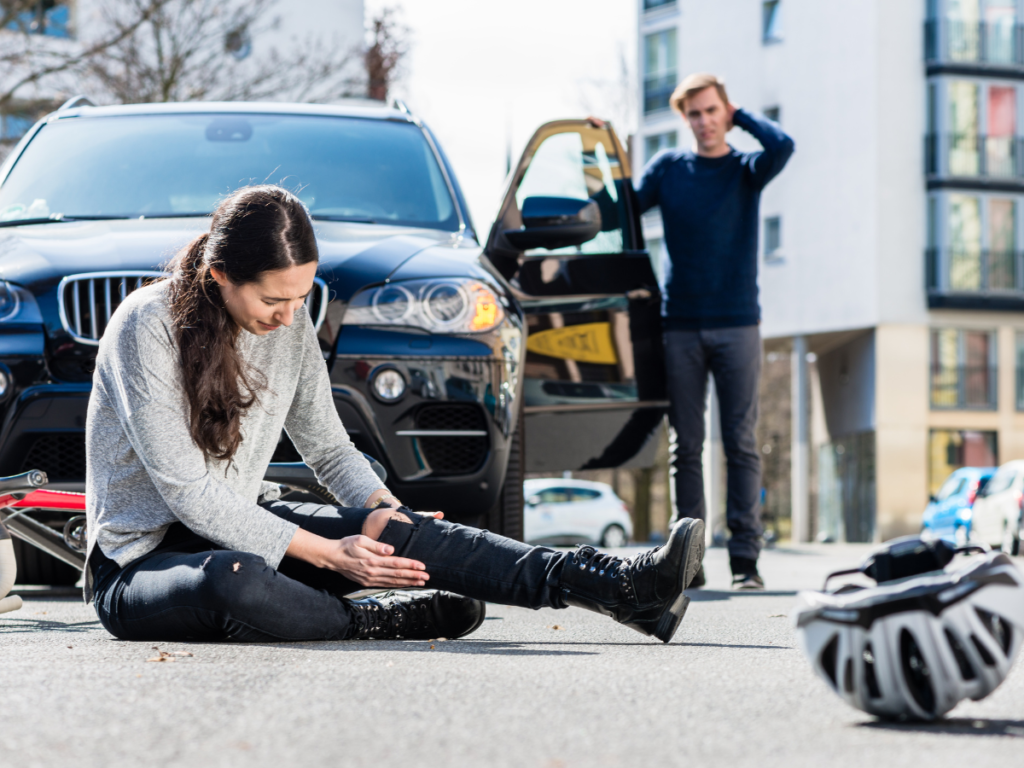What Are the Leading Causes of Bicycle Accidents?

Bicycling has become a popular mode of transportation in recent years due to heightened environmental consciousness, urban congestion, and an increasing emphasis on personal health. The recent advent of electric bicycles has also contributed to the growing popularity of cycling.
This trend has been fueled by cities investing in bike-friendly infrastructure and facilitating safer and more convenient cycling routes. The benefits of bicycling are manifold, encompassing improved cardiovascular health, reduced carbon emissions, cost-effectiveness, and alleviation of traffic congestion. Beyond physical health, bicycling fosters a sense of community and enhances mental well-being through outdoor activity.
However, acknowledging the associated risks, such as accidents and traffic collisions, is crucial. These risks can be mitigated through safety precautions and continued efforts to enhance infrastructure and promote cycling safety awareness.
Distracted Drivers
One of the primary hazards faced by cyclists is distracted drivers. When drivers fail to pay attention to their surroundings, they put cyclists at risk. Examples abound of accidents caused by drivers using their phones, eating, or engaging in other distractions while behind the wheel. According to the National Transportation Safety Board (NTSB), fatal bicycle accidents involving traffic crashes amounted to a yearly average of 800 between 2010 and 2021. In the last five years, the annual average for fatal traffic collisions involving bicycles rose to 883.
Failure to Yield
Motor vehicles failing to yield to bicyclists pose significant dangers, leading to potentially catastrophic consequences. Without proper yielding, cyclists face the risk of severe injury or even death due to collisions. Lack of yielding can result in accidents where cyclists are thrown off their bikes, sustaining head trauma, fractures, or internal injuries. Additionally, failure to yield undermines road safety, creating a hostile environment for cyclists and discouraging active transportation. Moreover, the legal ramifications for the motorist can include fines, license suspension, or criminal charges, highlighting the severe consequences of disregarding cyclists’ right-of-way.
Door Collisions
Cyclists face a unique danger known as “dooring,” where they collide with the door of a parked car that is suddenly opened without warning. Dooring can lead to severe injuries like broken bones, head trauma, or even death for cyclists. Car owners can prevent this by checking mirrors and blind spots before opening doors and using the Dutch Reach technique (opening the door with the hand furthest from the door) to increase visibility. Cyclists should ride a safe distance from parked cars and remain vigilant for signs of doors opening.
Unsafe Lane Changes
Unsafe lane changes by vehicle operators pose a threat to cyclists. The vehicle could push the cyclist into moving traffic, leading to catastrophic or fatal injuries. Some contributing factors to this danger include abrupt lane changes without signaling, failure to check blind spots, and misjudging cyclists’ speed and distance. To increase spatial awareness and avoid accidents, drivers should frequently check their mirrors, signal well before lane changes, and exercise extra caution in areas with high cyclist traffic. Drivers should also receive education on how to share the road with cyclists, while cyclists can enhance their visibility by wearing bright clothing and using lights. Mutual respect and adherence to traffic laws are key in preventing accidents during lane changes.
Poor Road Conditions
Road conditions significantly impact cyclist safety, with hazards posing risks to riders. Poorly maintained roads, potholes, gravel, and debris increase the likelihood of accidents, causing cyclists to lose control or suffer falls. Inadequate signage or poorly marked bike lanes can lead to confusion and conflicts with other road users. Also, uneven surfaces and railroad tracks are dangerous, especially in wet conditions. It is crucial that cyclists remain aware of their surroundings to avoid these dangerous obstacles.
Legal Considerations for Cyclists in Omaha
In the event of a bicycle accident, cyclists need to understand their rights and responsibilities. They should document the incident, gather evidence, and seek medical attention promptly. Consulting with an attorney experienced in handling bicycle accident cases can provide valuable guidance and representation. An Omaha bike accident lawyer can help cyclists navigate the legal process, negotiate with insurance companies, and pursue compensation for damages, including medical expenses and lost wages.
By understanding the leading causes of bicycle accidents and taking proactive measures to mitigate risks, cyclists can enhance their safety on the roads. Whether through increased awareness among drivers, better infrastructure, or legal advocacy, addressing these issues is crucial to fostering a safer environment for cyclists everywhere. If you’ve been injured in a bicycle accident, don’t hesitate to seek legal assistance from Bottlinger Law, L.L.C., to protect your rights and pursue justice. Call (402) 505-8234 to schedule an appointment today.
Bottlinger Law
Consultation Form
Our legal team is ready to help. Please fill out the form below to set up a free consultation with the Bottlinger Law team.